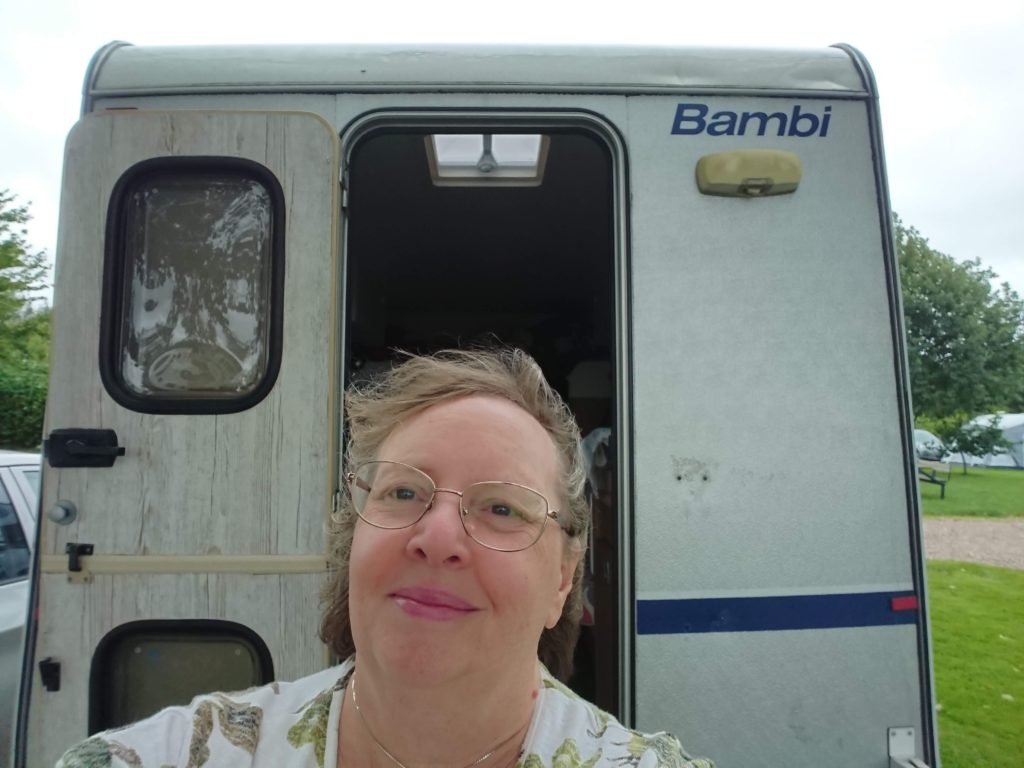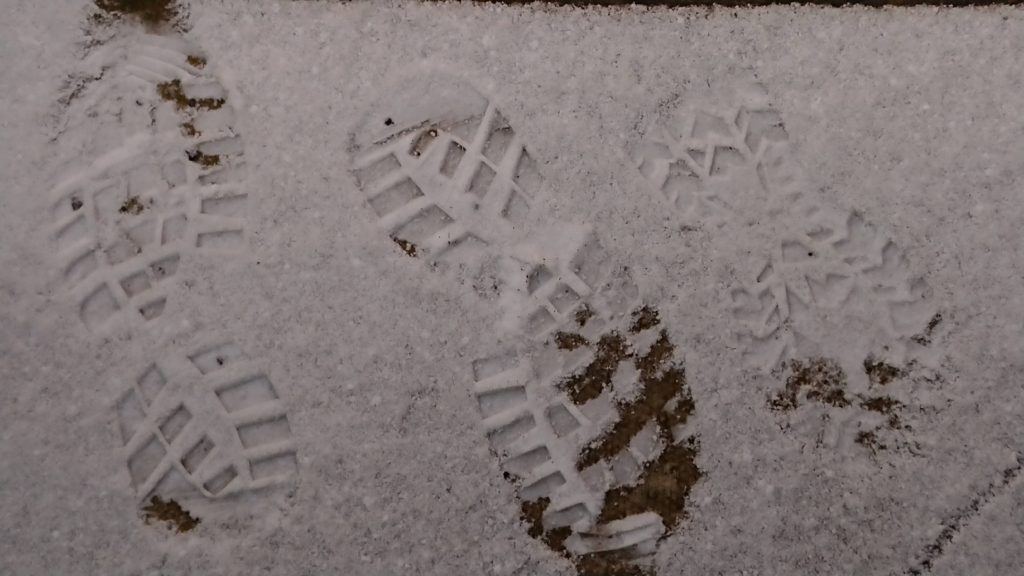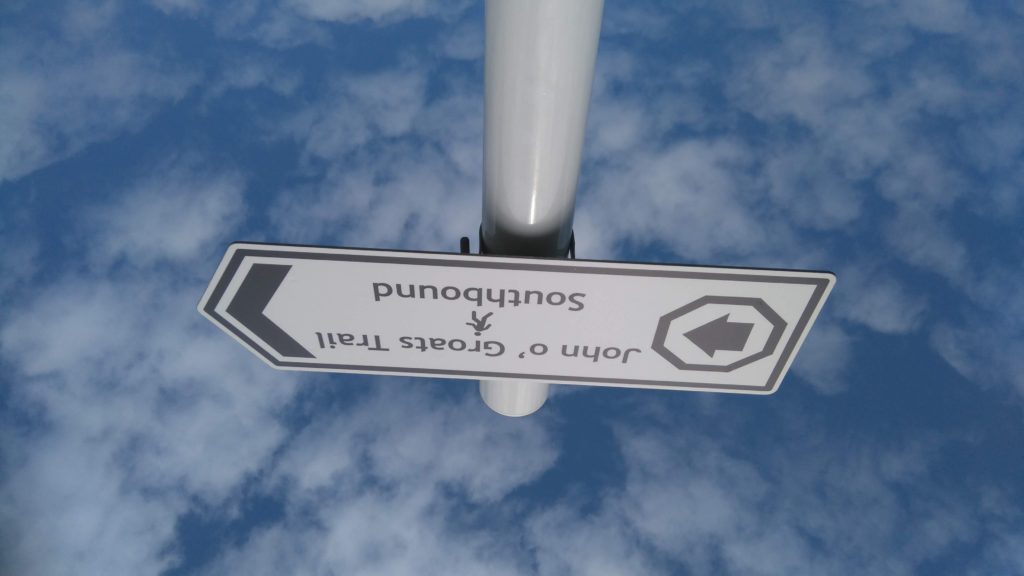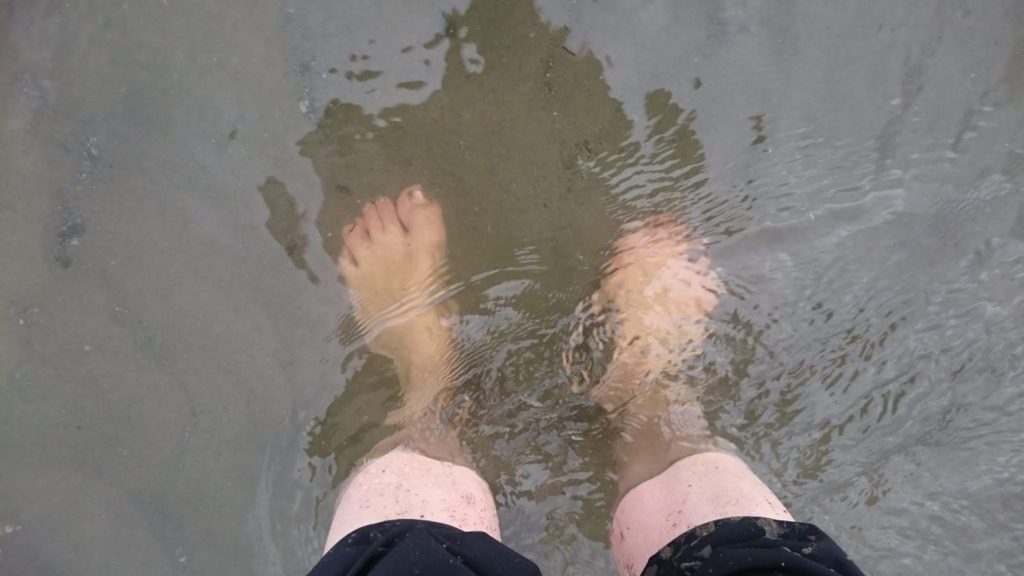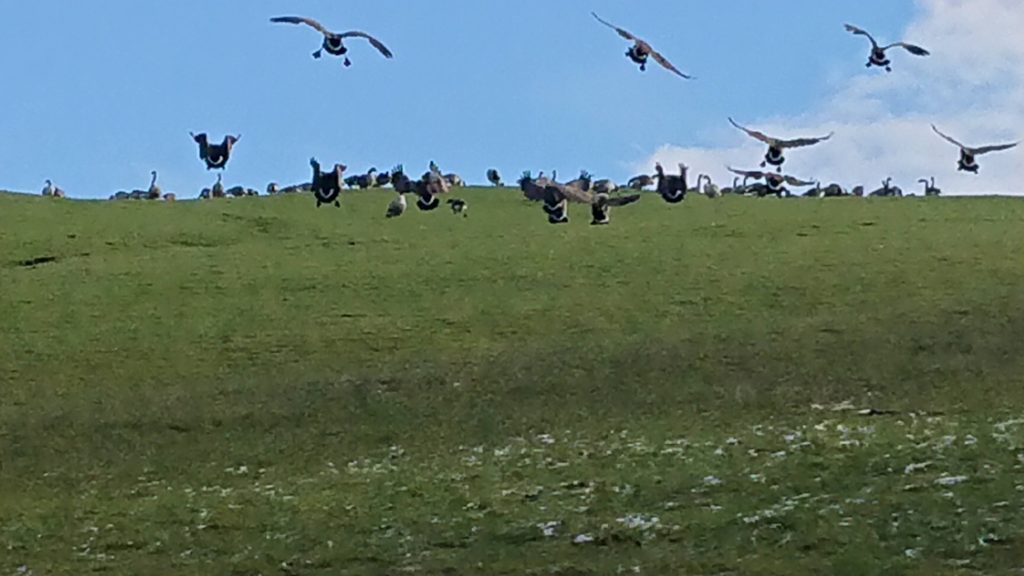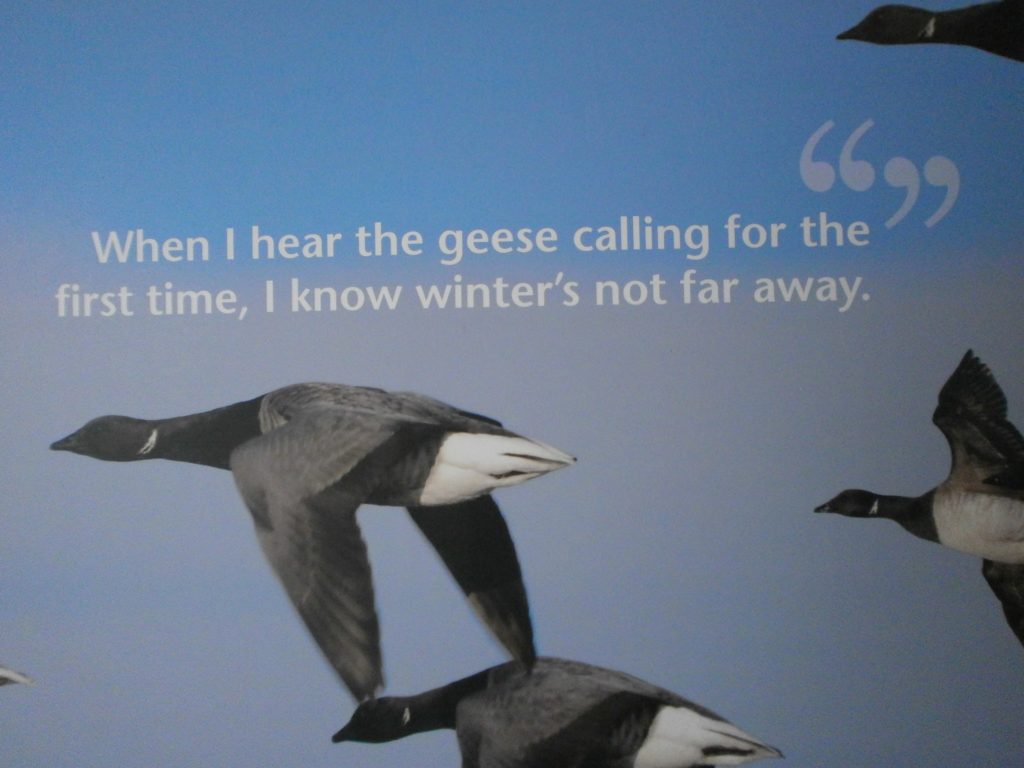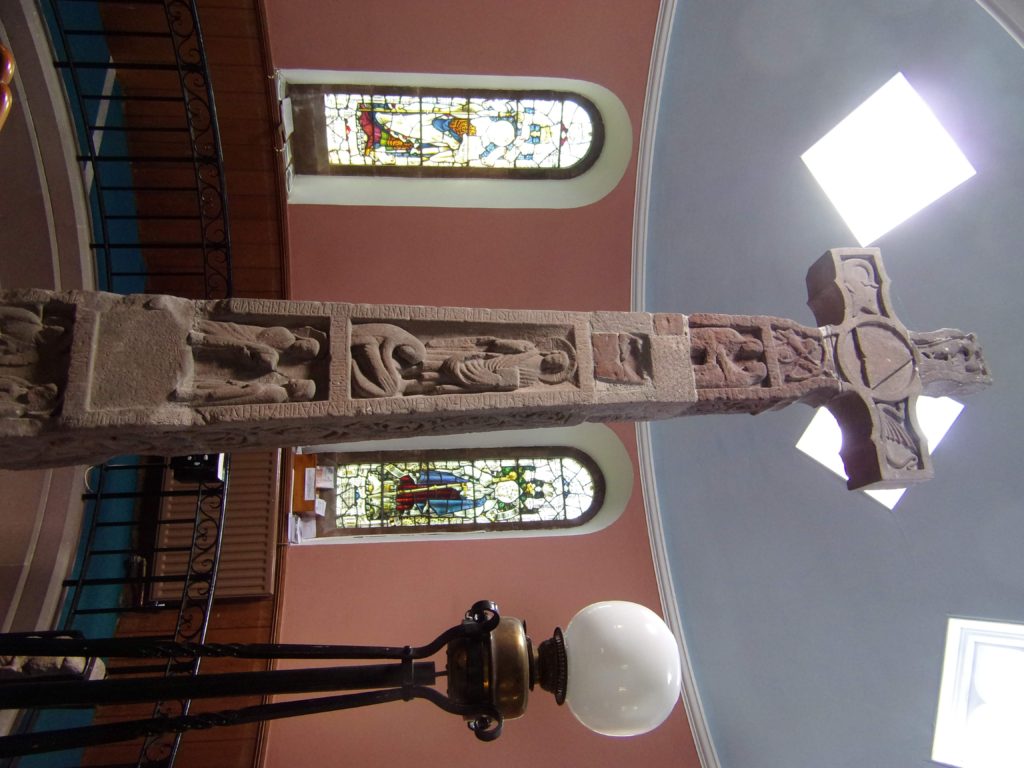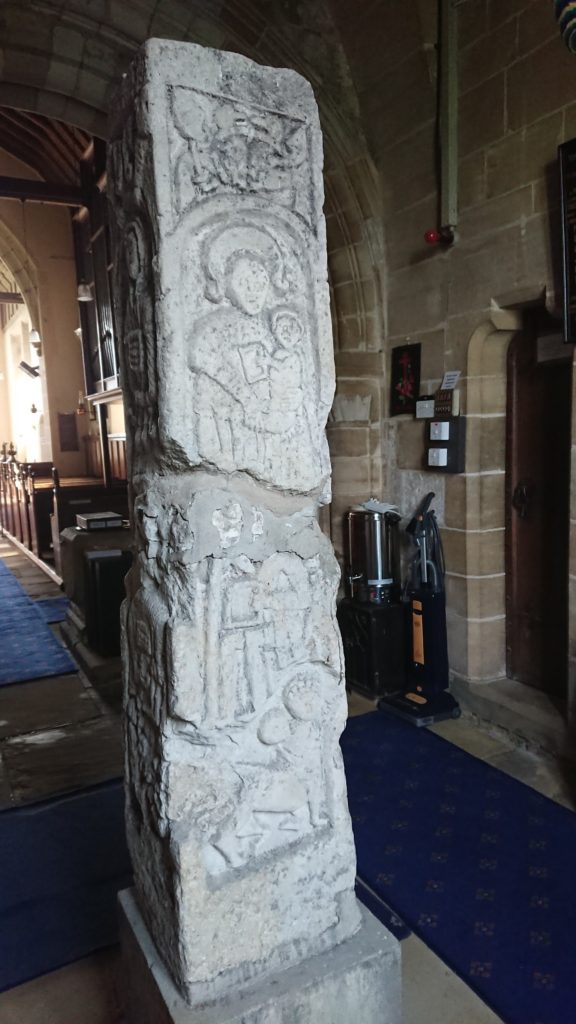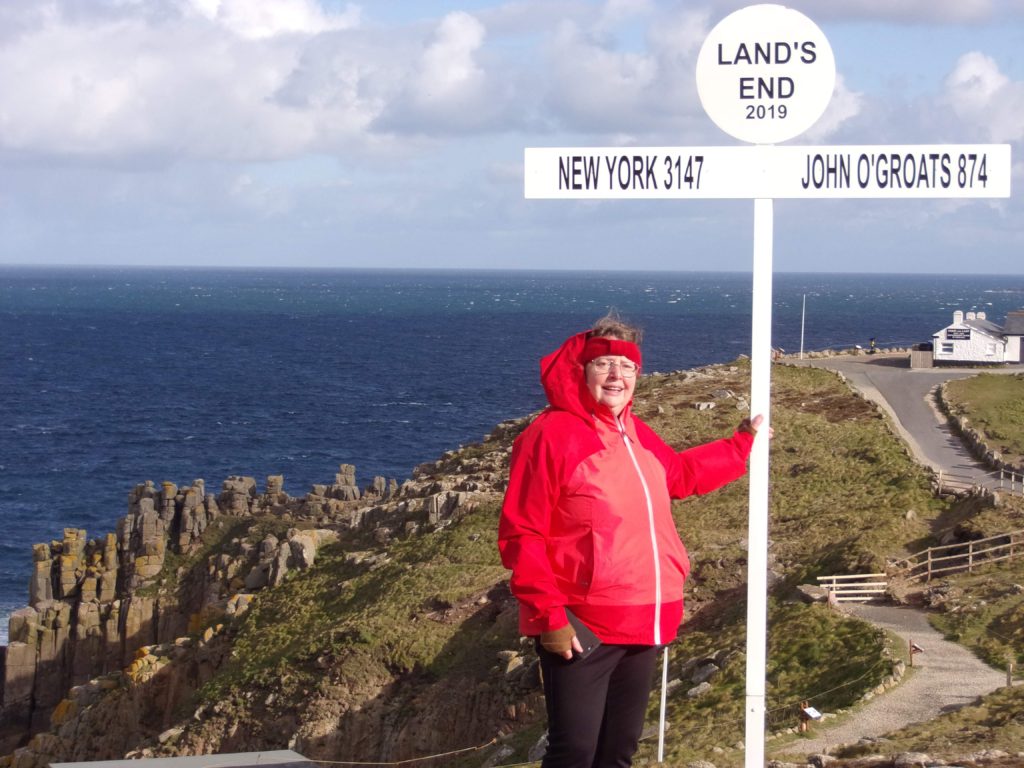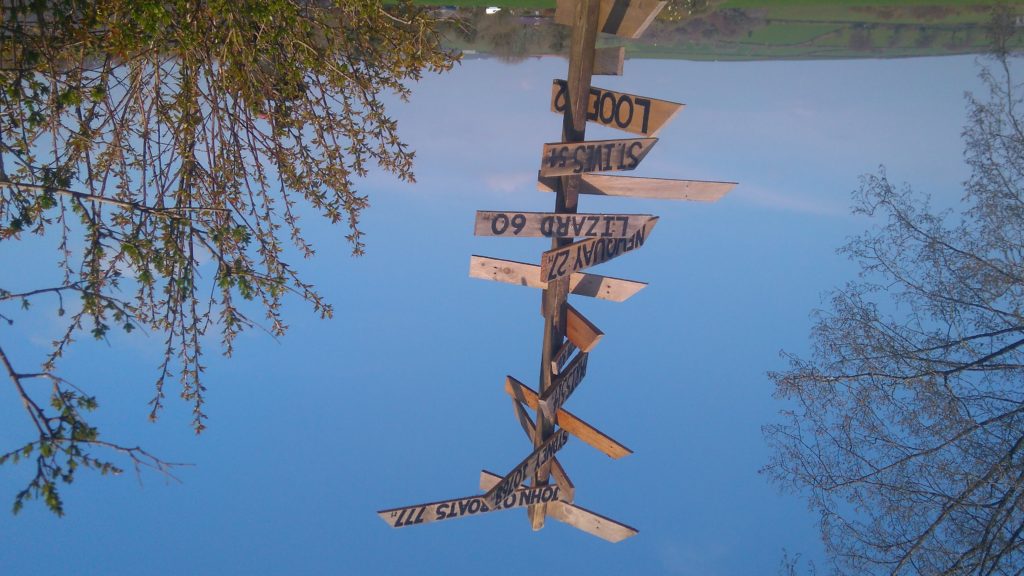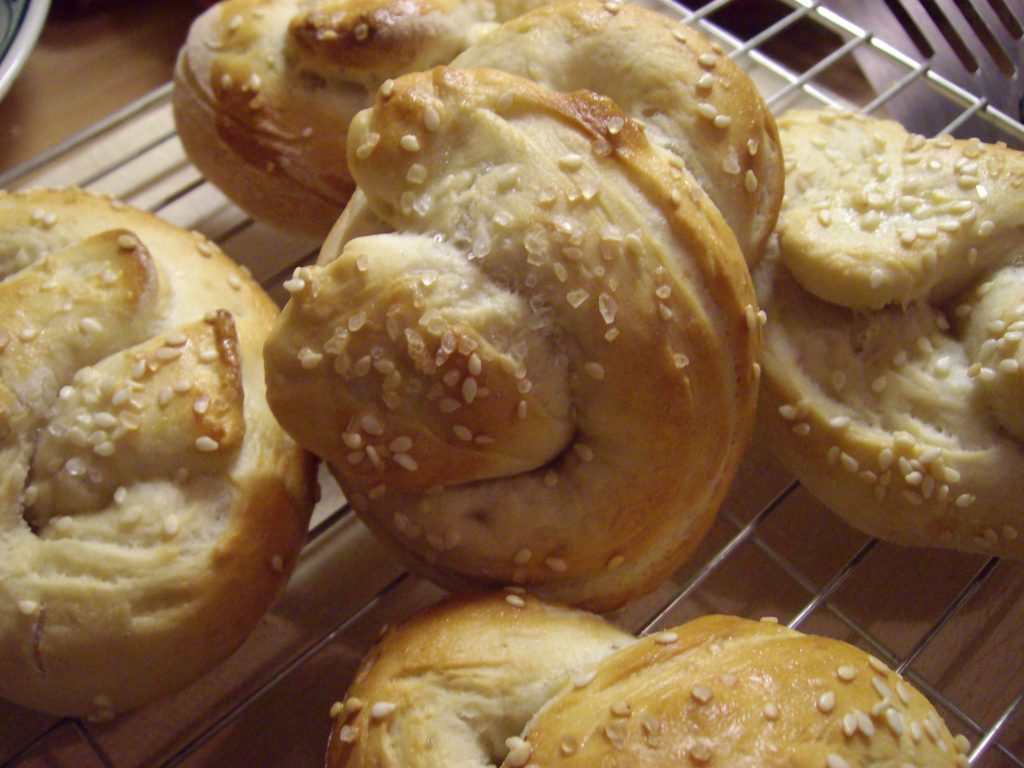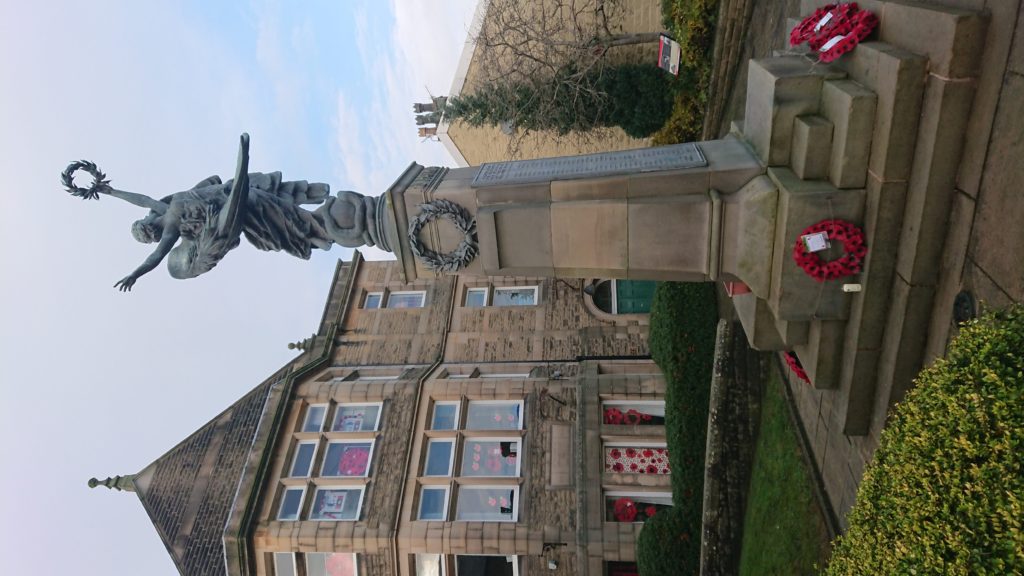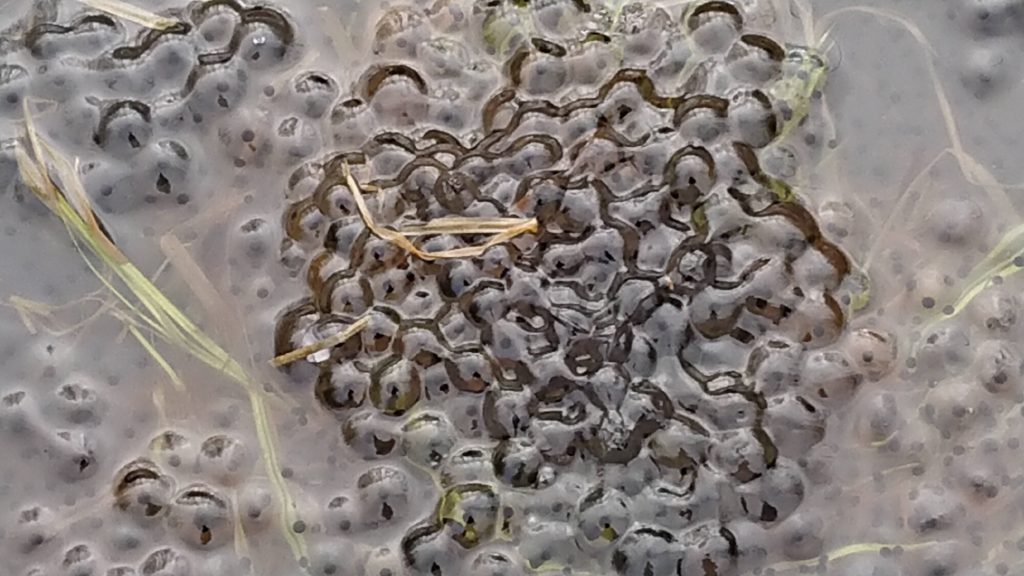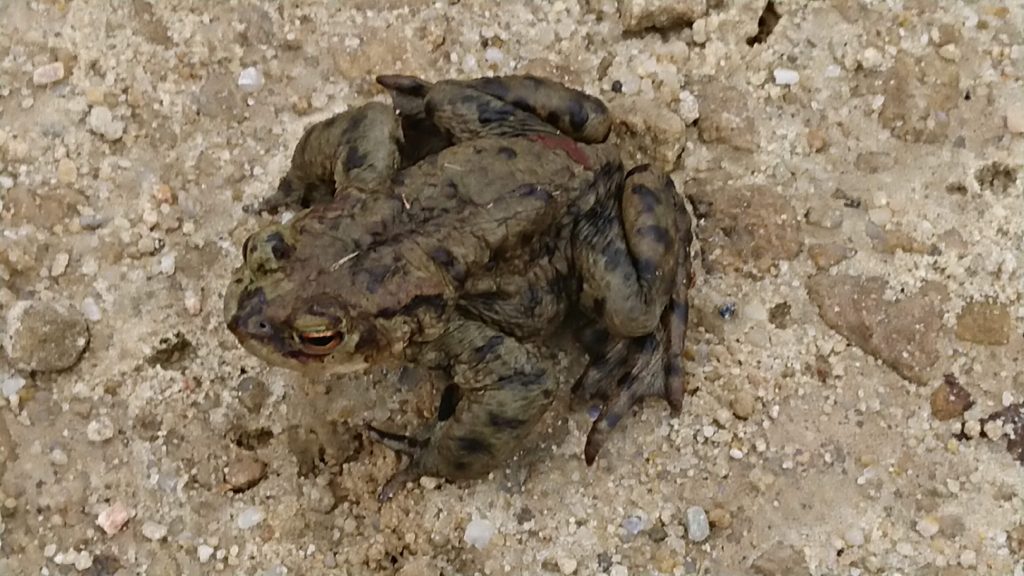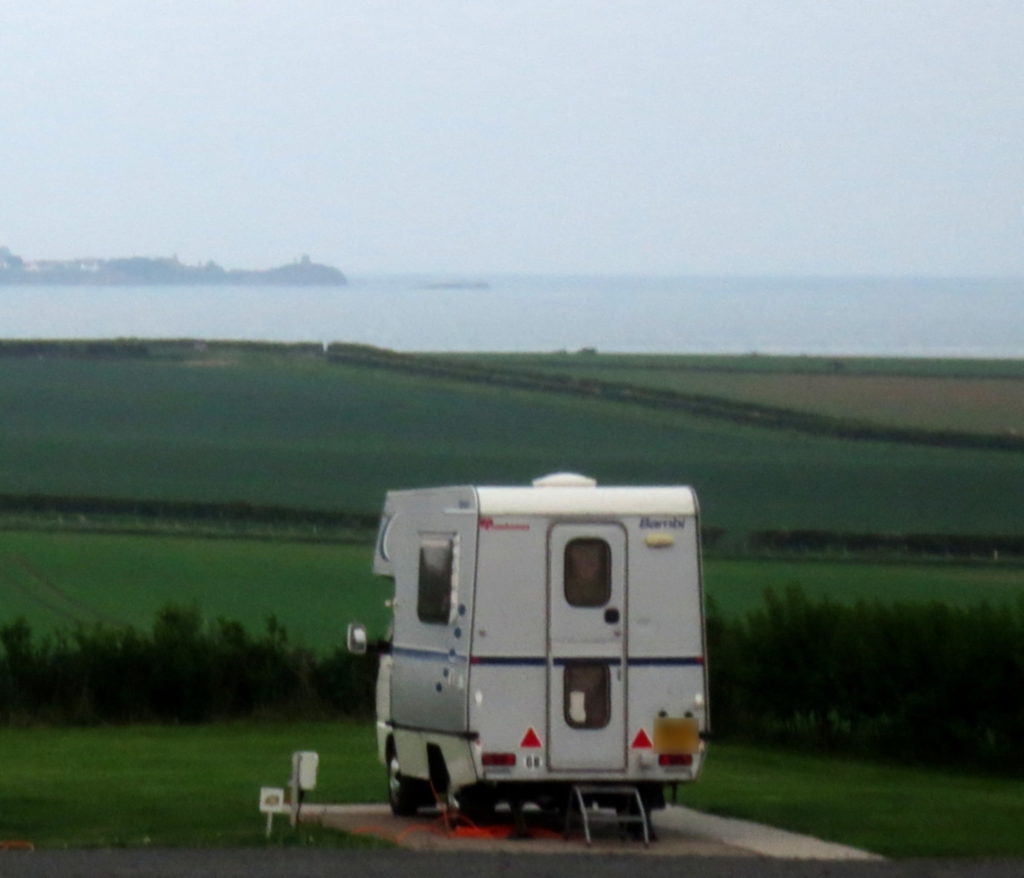Dear Benedict
Most folks know how to open a door, you’d think. But seeing it as particularly important you dedicate chapter 66 of your Rule to this vital task. It’s not just any old door. It’s the door to the community, after all.
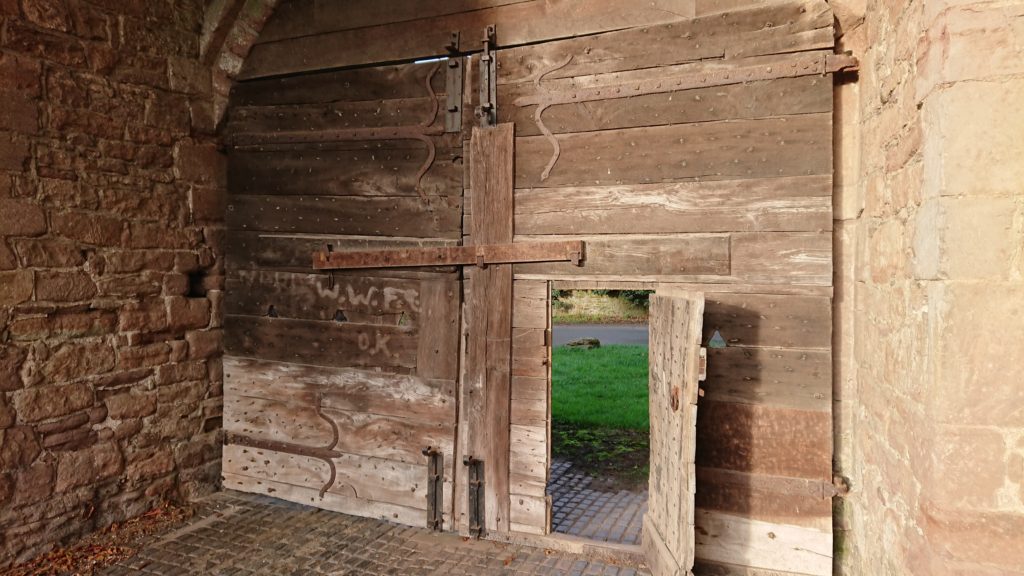
This week, walking in Suffolk, I saw lots of doors and I heard or read about others. The way we open our doors says a great deal about who we are and who we follow. I find it particularly interesting when the door officer (you call them Porter) charged with the initial hospitality of the community, are those who were previously welcomed in and who now slam similar doors in the faces of others. That’s not the Rule, and indeed there’s no excuse for ignorance, as you point out.
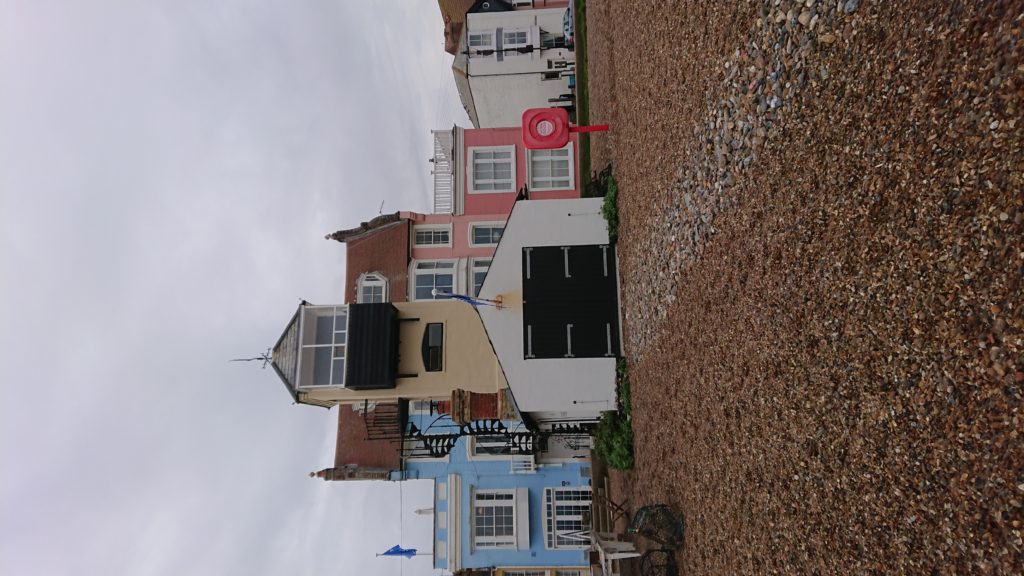
Another thing that happened this week was the leader of the Lay Community said how much I reminded him of Frank Skinner. In fact he sent me a copy of Frank’s book .

Now Frank I and do have things in common. We both make jokes about Wolverhampton. But he supports West Brom and I support Spurs (in the nostalgic way one does remembering the glory days of the early 1960s). We also both pray and that’s what he writes about in his book.
He’s not the first comic from the Midlands I’ve been said to resemble. I was 18 when some other A Level students said I reminded them of Jasper Carrot (other comedians are available). I’ve always had an admiration for stand up and want to try it myself, up to a point. I do a brilliant one woman show that my husband is the one man audience for. But mostly I just keep walking.
Frank’s book reminded me of the many many ways we pray. I love Frank’s way of doing it. Some prayers are long and others are short but I think they are all honest. He says he prays like parking ‘You get as close as you can’. It’s a good aim; I’m not great at parking either. The book had me bubbling with laughter. I like to think God reacts to my prayers like that: the wordy ones with the wacky metaphors and the silent ones with the awesome views.
Prayer is a door thing. It’s about opening and for that we are each our own door opener, though one or more assistants may have been provided to get us started. Once we’re off it’s up to us. Like me, Frank uses a remembered bible. He returns to some bits more than once, like most remembered bible users, turning them over again, examining our own ignorance.
He considers the line ‘Hallowed be your name’ a few times. It is a puzzling one, well padded with ignorance. I look into the night sky and I’m humbled by all the names I don’t know. I imagine anyone who attempts any name for God in whatever circumstances scores at least a point for trying, even if it doesn’t seem so promising a start to the Prayer Police. Like Frank, the God I pray with is open to offers; friendship, love…
And so back to the door to the community. On the news a woman in Aberdeen gave a home to a family from Afghanistan. She opened the door and they went in. I wept and I’m sure many others did too. Of course there will be other people needing houses in Aberdeen. But this open door is just a start. Consider who you are and who you follow. Just open the flipping door.
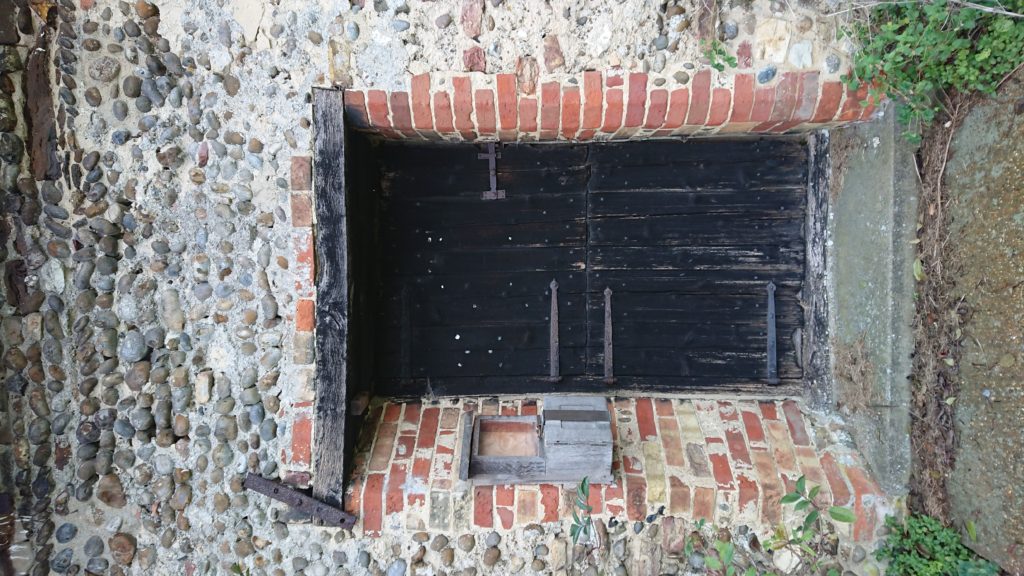
From my remembered bible: I stand at the door…
Help me to open doors.
From A Friend of Scholastic and a Member of the Lay Community of St Benedict.


